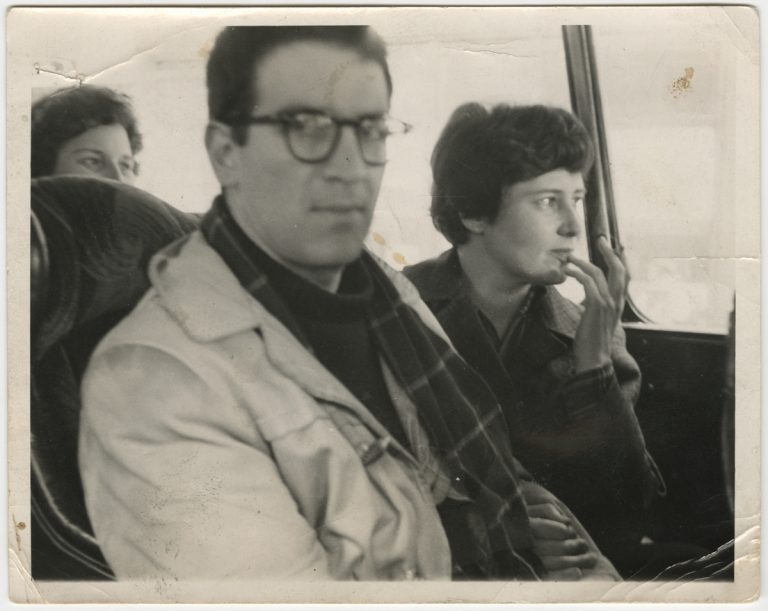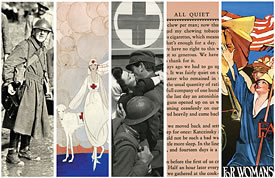Nobel Laureate Doris Lessing died on Sunday at the age of 94. She was born in what is now Iran, grew up on a farm in Zimbabwe, lived briefly in a boarding house in South Africa, and settled as an adult in London. She was deeply influenced by the racial… read more
Doris Lessing
More than 65 research fellowships awarded
The Harry Ransom Center has awarded more than 65 research fellowships for 2013-14. The fellowships support research projects in the humanities that require substantial on-site use of the Center’s collections of manuscripts, rare books, film, photography, art, and performing arts materials. The fellowship recipients, half of whom will be coming… read more


